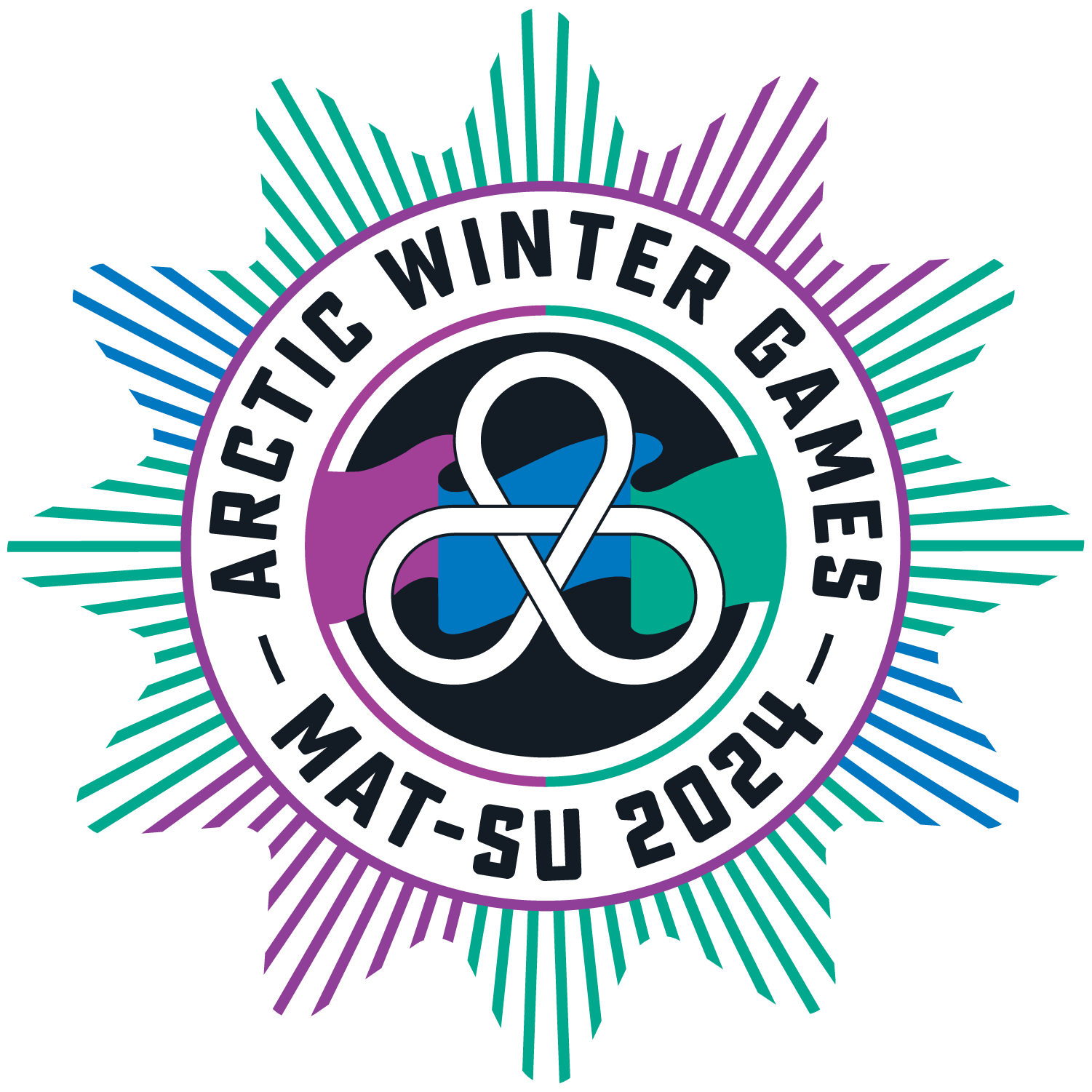
Teams
In 2024 the Mat-Su Borough will welcome athletes from around the Circumpolar North for a week-long sport and cultural exchange to unite and inspire our community! See athletes from Alaska, the Northwest Territories, Yukon, Nunavut, Kalaallit Nunaat, Nunavik-Quebec, Northern Alberta, and Sápmi participate in 20 sports– from Heritage and Nordic, to Indoor and Ice Sports.


Teams
In 2024 the Mat-Su Borough will welcome athletes from around the Circumpolar North for a week-long sport and cultural exchange to unite and inspire our community! See athletes from Alaska, the Northwest Territories, Yukon, Nunavut, Greenland, Nunavik (Northern Quebec), Northern Alberta, and the Indigenous people (Sapmi) of Norway, Sweden and Finland participate in 21 sports– from Heritage and Nordic, to Indoor and Ice Sports.

Established in 1968 as a non-profit, Arctic Winter Games Team Alaska (AWGTA) cultivates and celebrates sport, social exchange, and culture.
Team Alaska strengthens Alaska’s communities by providing young athletes with the opportunity to compete in friendly competition while sharing cultural values from northern regions around the world.
The team colors are blue and gold.

Alberta North joined the Arctic Winter Games in 1986 and hosted for the first time in 1994 in Slave Lake.
The fourth-largest of Canada’s provinces, Alberta is the southernmost participant in the Games. Participation is limited to those regions located north of the 55th parallel.
The team colors of Alberta North are royal blue and white.

Kalaallit Nunaat has been participating in the Arctic Winter Games since 1990. In 2002, Kalaallit Nunaat hosted the Games for the first time in Nuuk, and they last hosted the Games in 2016.
Kalaallit Nunaat is the most northerly of the jurisdictions involved in the Arctic Winter Games. Considered part of North America, Kalaallit Nunaat is the world’s largest island. Two-thirds of the island is located above the Arctic Circle and approximately 85 percent of its landmass is covered by ice.
The team colors are red and white.

The Northwest Territories (NWT) was the first team to host the Arctic Winter Games in 1970 in Yellowknife, and last hosted the Games in 2018.
The Northwest Territories is the second largest of the three territories in Canada. The territory extends from the 60th parallel to the North Pole and includes several large islands in the Arctic Ocean.
Team colors are navy, sky blue and white.

Nunavik-Quebec, also known as Arctic Quebec, participated in the Arctic Winter Games in 1972, 1974, 1976, and 1986. The Team returned to the Games in 2000 and has participated ever since.
Nunavik is the region of Quebec located above the 55th parallel. It is often included in the Arctic Winter Games because of the close cultural ties between its Inuit residents and those of Nunavut and Greenland.
The team colors are lime green and black.

Prior to 2002, Nunavut participated in every Arctic Winter Games as part of Team NWT. Since that time, it has become a permanent member.
2002 was the first time Nunavut hosted the Games in Iqaluit, along with co-host Nuuk, Greenland. Nunavut is Canada’s newest territory, created from the division of the Northwest Territories in 1999. Nunavut is an area characterized by vast tracts of Canadian Shield and tundra, as well as most of Canada’s Arctic Archipelago.
The team colors are red, yellow and blue.

Sápmi is the cultural region traditionally inhabited by the Sami people. The region stretches over the northern parts of Norway, Sweden, and Finland.
The Sami speak as many as nine distinct dialects, with the most widely spoken language known as Northern Sami.
The team colors are red, yellow, blue and black.

Team Yukon has participated in every Games since its inception in 1970 with Whitehorse hosting the Games six times.
The city was scheduled to host for the seventh time in 2020, however, the event was canceled due the global pandemic, COVID-19.
Stretching from the St. Elias Range, which forms the Yukon border with Alaska and British Columbia, the Yukon extends to the Arctic Ocean and the Beaufort Sea. Included within this area is the famous Klondike, home of the last great Northern American gold rush in 1898.
The team colors are black, red and white.
Alaska Yukon Northwest Territories Alberta north Nunavut nunavik-Quebec Kalaallit Nunaat Sápmi


